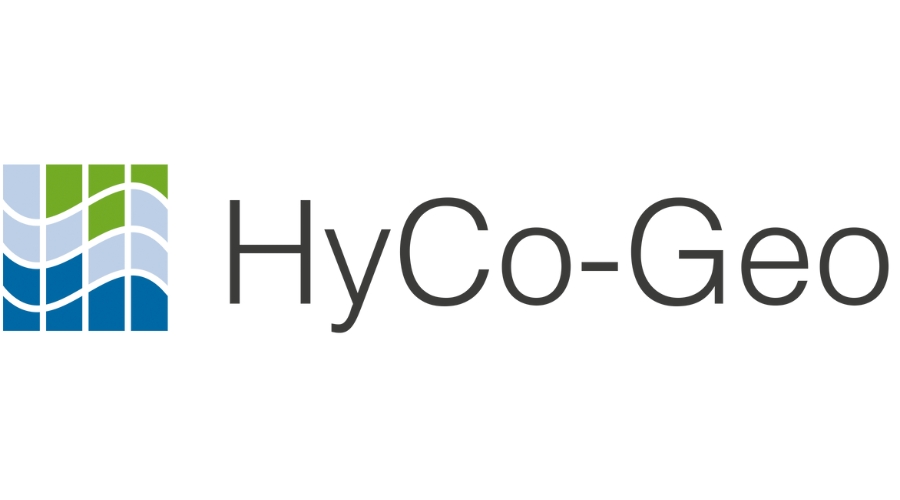Infrastructure
Laboratory for Organic-Geochemical Analysis (Prof. Jan Schwarzbauer, RWTH Aachen University)

Environmental geochemical investigations are concerned with anthropogenic pollution in groundwater and surface waters and their respective sediments. The primary assignment is to describe the organic contaminants regarding their occurrence, distribution and transformation/degradation.
Analytical methods
Chromatography:
For separation of complex organic mixtures a comprehensive set of chromatographic methods are available:
a HPLC system with Dioden Array Detektor (DAD)
a GPC system with fraction sampler
two gas chromatographs with FID
a gas chromatograph with simultaneous FID und PID
Mass spectrometry:
The laboratory is equipped with different mass sepctrometric systems:
three GC/MS systems with quadrupol mass spectrometers (Trace MS)
a GC/MS system with an iontrap mass spectrometer (PolarisQ)
a LC/MS system with an iontrap mass spectrometers(LCQ)
a high resolution mass spectrometer (Exactive) coupled with GC (APPI interface) and alternatively with LC (ESI)
a compound-cpecific stabel isotope mass spectrometer (Delta PlusXL)
an online pyrolysis-GC/MS system (curie point)
Laboratory for Soils and Sediments (Prof. Frank Lehmkuhl, Philipp Schulte, RWTH Aachen University)
Physical and chemical analyses of soils and sediments as well as hydrochemical analyses
Analytical method:
particle size analysis with a laser diffractometer
to determine the elemental composition by means of stationary X-ray fluorescence analysis
to measure the carbon, nitrogen and sulfur content in samples
to quantify the carbonate content using a Scheibler apparatus
to use spectrophotometic analyses
to produce preparations for microscopic heavy mineral analyses
Remote Sensing (Prof. Frank Lehmkuhl, Georg Stauch, RWTH Aachen University)
Analysis of air and satellite images from a large variety of sensors
mainly Landsat 7, 8 and Sentinel 2 datasets
drone for localized research questions
visual image interpretation
maximum likelihood classifications for analysis
digital elevation models and geomorphometric analyses
Virtual Geomorphology (Prof. Frank Lehmkuhl, Georg Stauch, RWTH Aachen University)
Augmented Reality Sandbox
direct capture of surfaces changes, which are translated into a color map and contour lines directly back on the surface
better understanding of surface dynamics
Set-up:
AR sandbox consists of a 100 x 75 x 20 cm sandbox filled with 80 kg of kinetic sand
surface is scanned with a Microsoft Kinect 3D camera with infrared sensor
data is processed in a NIVIDA Geforce GTX 1070
open source software AR Sandbox (developed at the W.M. Keck Center for Active Visualization in Geosciences (KeckCAVES) of UC Dacis; Linux environment)
River Living Lab (Prof. Frank Lehmkuhl, Alexandra Weber, RWTH Aachen University)
Focus on the human impact on the sediment dynamics and pollution of a mesoscale riverine system
Multi-disciplinary project:
Set up at wastewater treatment plants in the north of Aachen along the river Wurm
Long-term trends in water chemistry, pollution of floodplain sediments, and general sediment dynamic
interdisciplinary cooperation between geosciences, organic chemistry and urban water management (joint initiative: Frank Lehmkuhl (PGG), Simone Lechthaler (ISA) and Jan Schwarzbauer (LEK))
Research focus:
Flood-induced particle-associated transport of anthropogenic contamination
Quantitative high-dynamic particle transport
Hydrology of flood events in micro- to mesoscale river systems
Short-term impact of sewage effluents (combined and wastewater) on water quality; especially with regard to changes due to the retention soil filter
Chemistry Laboratory (Prof. Julian Klaus, Camilla Kurth, University of Bonn)
Soil chemical analyses:
Carbonate analyses (Scheibler)
Cation exchange capacity
Metals with AAS
Anions with IC
pH
Electric conductivity
Orthophosphate (with Photometer)
Soil organic content (glow residue)
Water chemical analyses:
pH
Electric conductivity
Acid and alkali capacities
Anions with IC (NO3, NO2, SO4, Cl)
Total and orthophosphate
Metals with AAS
Soil Physics Laboratory (Prof. Julian Klaus, Gabriele Kraus, University of Bonn)
Soil physical analyses:
